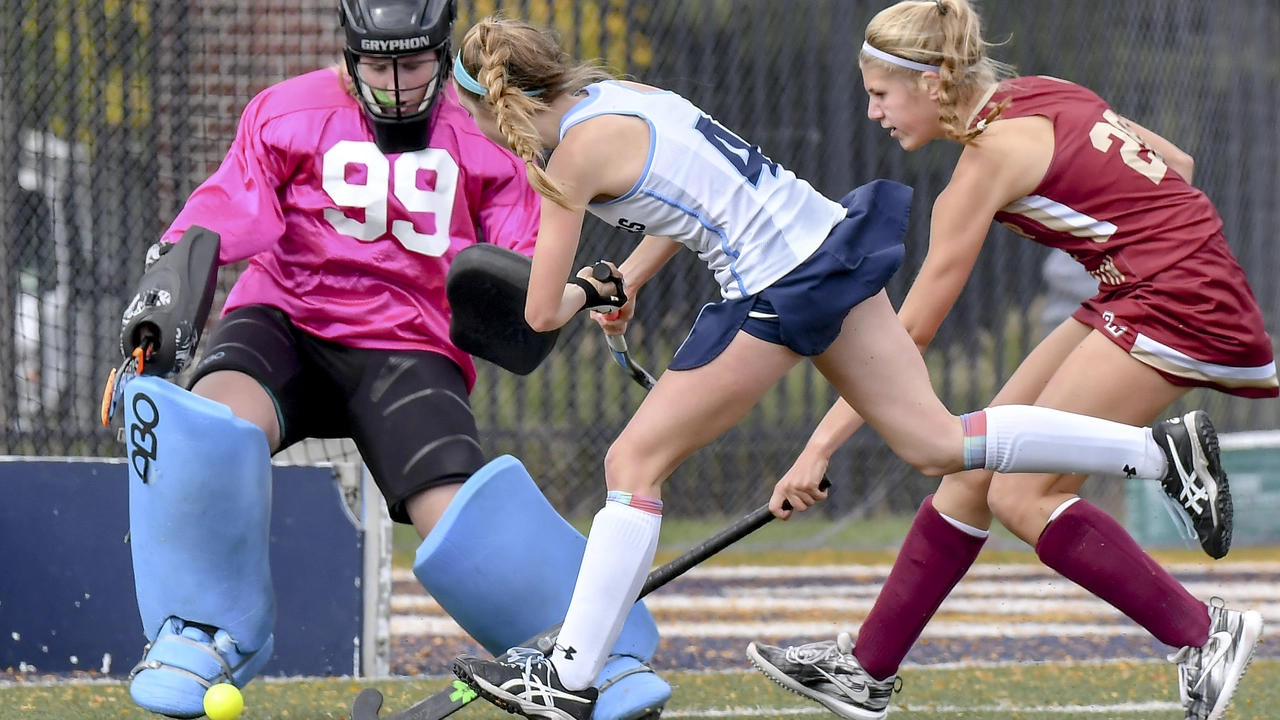Hockey Player Ejection: When Do Referees Throw the Player Out?
Ever been glued to the TV, saw a player skate off the ice with their head down, and wondered what just happened? It’s not a drama, it’s a rule in action. In hockey, a player can be tossed out of a game for a few clear reasons. Knowing those reasons helps you understand the game better and keeps you from cheering the wrong side.
Major Offences That Lead to Ejection
First off, violent conduct sends a player straight to the locker room. If a player throws a punch, swings a stick like a weapon, or deliberately tries to injure an opponent, the referee will issue a match penalty. That penalty comes with an automatic ejection and a review by the league.
Second, dangerous stick work is a quick ticket out. Cutting an opponent’s throat, high‑sticking that makes contact with the head, or using the stick to pull down a player all count as serious offences. The rulebook treats these as “dangerous play,” and referees don’t hesitate to give a game‑misconduct.
Third, repeated minor penalties can add up. If a player racks up two or more minor penalties in a single period, the referee can assess a misconduct penalty and eject the player. It’s a way to stop someone from repeatedly breaking the rules without waiting for a single big infraction.
How Penalty Accumulation Works
Besides the big hits, the penalty‑clock also plays a role. In most leagues, after a player receives a certain number of penalty minutes – usually ten or more – officials can choose to issue a game‑misconduct. That means the player leaves the game even if the infractions were all minor. It’s a safety net to keep the game clean.
Another scenario is “unsportsmanlike conduct.” Verbal abuse, taunting, or arguing aggressively with officials can earn a misconduct penalty. If the behavior continues, the referee will pull the player from the game. Referees are trained to protect the sport’s integrity, so they act quickly when respect is lacking.
Finally, there’s the “bench misconduct” rule. If a coach or a teammate steps onto the ice during a penalty, the whole team can be penalized, and a player might be removed for the remainder of the match. Teams learn fast that keeping the bench in the right place is part of staying in the game.
So, what should you watch for? Look for any aggressive stick swings, punches, repeated minor penalties, or heated exchanges with officials. Those are the red flags that usually end a player’s night on the ice.
Understanding these rules makes watching hockey more exciting. You’ll know exactly why a player’s face drops and they march off the rink. And if you ever play, you’ll avoid the costly mistakes that lead to ejection. Remember, hockey is fast, physical, and fun, but it also has clear limits that keep everyone safe.
Got more questions about specific penalties or want tips on staying out of the penalty box? Stay tuned to Howzat Hockey Hub for deeper dives into each rule and how they shape the game you love.
In what case would a player be thrown out of a hockey game?
So, you're sitting on the edge of your seat, eyes glued to the hockey game and BOOM! Suddenly one of the players is making the walk of shame off the rink. What just happened? Well folks, there are a few ways a player can get the boot in hockey. If they're acting like a rough-and-tumble ruffian and throwing punches or they've racked up too many penalties, they're outta there. Or, they might have been a little too eager with their stick and caused an injury. Lastly, if they try any sly moves and disrespect the rules, the ref won't hesitate to give 'em the old heave-ho!
View More